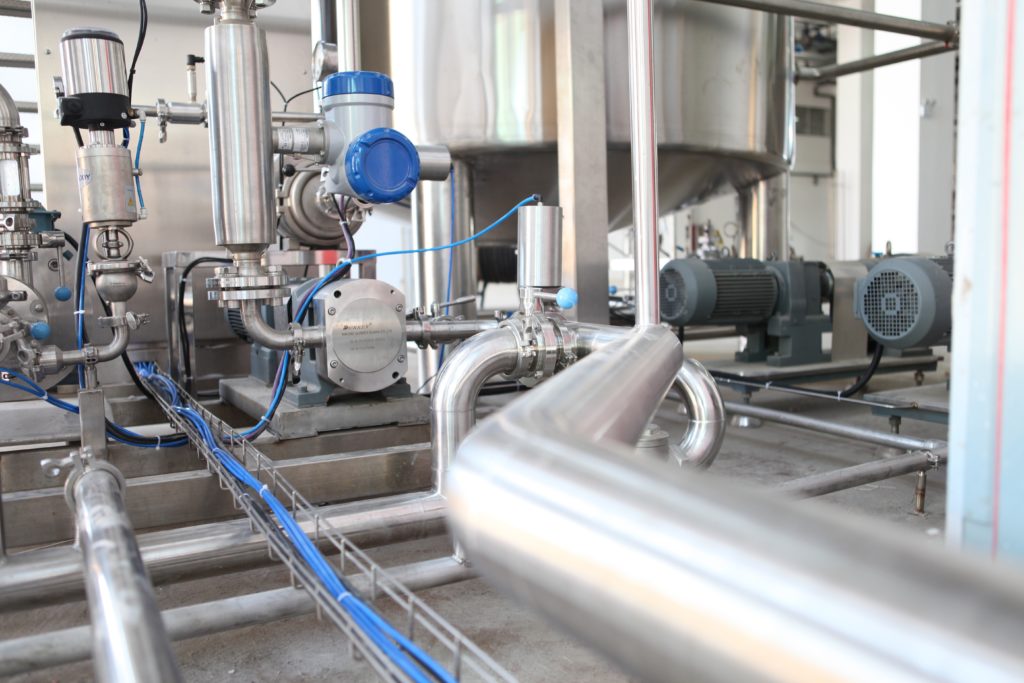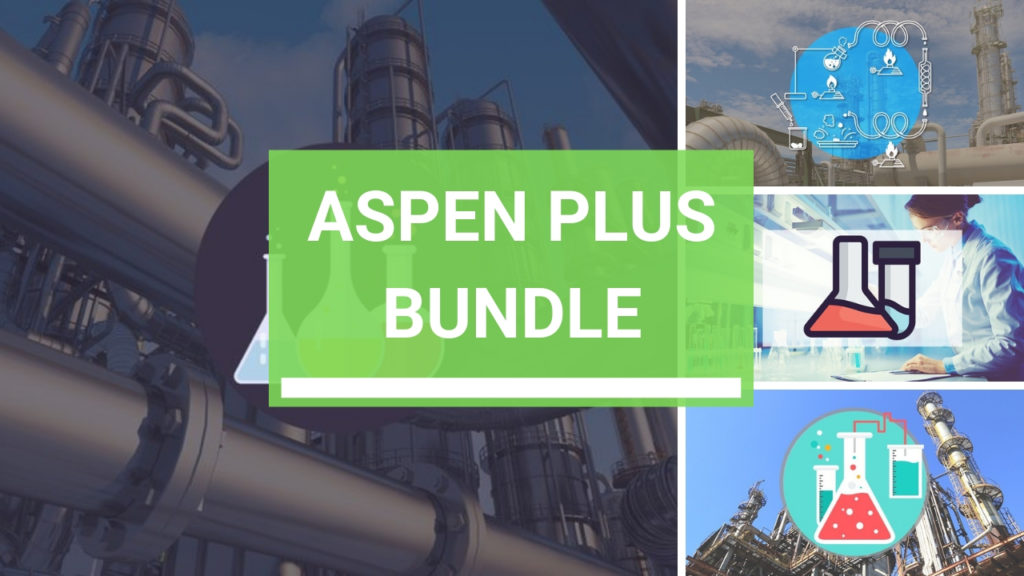So… why would you even dare to learn process simulation in the summer, when all your friends are hanging over, traveling or you could be simply playing video games?
Well, it is pretty easy, as a student, I regret myself of wasting a lot of time, specially in the summer!
Instead of doing useful stuff (and I not mean only “school” stuff”) I wasted it in movies, sleeping, watching TV, or playing video games.
One of the things I would have done, if I could go back, is to learn process modeling for these reasons:
- I would have been super relaxed in my final project. 50% of the time was wasted “learning” how to model instead of doing my project.
- I actually learnt more of how unit operations work and how are they connected between each other while simulating several chemical processes
- To have MORE TOOLS whenever going for a job hunt. Don’t get me wrong guys, but most of graduates are “generic templates”, one of the things that can set you apart is Software Skills.

Another interesting tip is that you can actually do some of your homework and prove it:
- Energy & Material Balances
- Thermodynamics, Transport Properties and Heat-Work problems
- Reactor Engineering all the way! From balancing, to using kinetics, and sizing the reactor
- Mass Transport –> yeah, I learnt plenty here, specially on the Distillation Column Limitations!
- Heat Transfer: Heat Exchangers, Sizing, U calculations, etc..
And, of course, plant design (duh…)
- Plant Control
- Plant Design
- Process Optimization
- Plant Economy
- more!

How to learn...
If you are still here reading, you are most likely interred in learning Process Simulation, but… There are some problems with this:
How do people learn Process Simulation?
These are (I think, and literally just invented them) the main steps of learning Process Simulation…
1st Step –> Understand the importance of learning
2nd Step –> Want to learn
3rd Step –> Research on “how to learn”
4th Step –> Learn
Apparently we are now in step 3… so... how do we do it?
Well… I will FIRST recommend you which process simulation tool you are going to use the most, there are many out there, Unisim, AspenTech, DWSIM, COCO, and so many… Most of them are essentially the same:
- Set up the physical properites/thermo package and component list
- Add blocks, streams and input data
Even though you are not using any of the software, you can still learn from other courses (the so called cross-platform)
SECOND, ensure how do you want to learn, there are many ways. The most common ones:
They go from Free up to $, and even $$ but you get it!
Talking about the summer and learning more… you can check out some of my course BUNDLES if you are interested in learning massively
[PROMOS might or not be present]
Aspen Plus Bundle
The Bundle has access to ALL Aspen Plus Courses. As well as to any other Aspen Plus Course being added to the offering.
The recommended order is as follows:
- Aspen Plus – Getting Started
- Aspen Plus – Basic Course
- Aspen Plus – Physical Properties
- Aspen Plus – Bootcamp: 12 Case Studies
- Aspen Plus – Intermediate Course
Aspen HYSYS Bundle
The Bundle has access to ALL Aspen HYSYS Courses. As well as to any other Aspen HYSYSCourse being added to the offering.
The recommended order is as follows:
- Aspen HYSYS – Start modeling your first Chemical Process!
- Aspen HYSYS – Basic Course
- Aspen HYSYS – Petroleum Assays and Oil Characterization
I hope you decide to take a positive action towards your professional career and your future!
Enjoy the courses!
Did you liked the content? Enroll to the newsletter to NEVER miss a new blog post!


